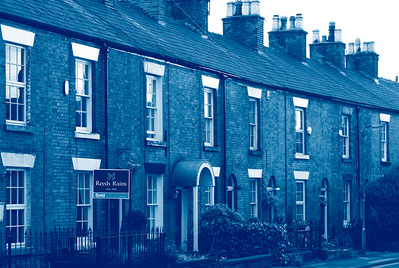
With an election approaching, the housing strategies of political parties are receiving heightened attention. A term that has surfaced in recent discussions is ‘greyfield’ or ‘grey belt’ land, particularly linked with the Labour Party. This discussion explores the definition of this term, its potential impact on planning policy, and its role in unlocking land for urgently needed new homes.
What is 'Greyfield' Land?
'Greyfield' land represents a third category of land, alongside the well-known greenfield and brownfield classifications:
- Greenfield: Land that has never been developed.
- Brownfield: Previously developed land that is currently unused.
- Greyfield: Traditionally refers to underutilised land and buildings within towns and cities. However, its definition can vary, sometimes encompassing car parks, rooftops, and disused structures such as vacant shopping centres.
Evolution of the Term 'Greyfield'
The term 'greyfield' originated in the 1990s and has evolved over time. Recently, the concept of the 'grey belt' has emerged, indicating that some green belt land might be reclassified for development. Industry estimates suggest that 'grey belt' land could accommodate up to 500,000 homes in London alone, with strategic development potentially delivering 74,000 homes annually over the next 15 years.
The Role of Green Belt Land
Established in the 1930s, the green belt aims to protect green spaces around urban areas and prevent urban sprawl by restricting development. Despite its benefits, the green belt has faced criticism for limiting housing development. For example, 77% of green belt land within one mile of a train station remains undeveloped. Developing just 1% of the green belt could provide 738,000 homes, equating to over two and a half years of national housing supply.
Balancing Development and Green Space
While brownfield sites are essential for sustainable development, limiting development to urban areas risks diminishing accessible green spaces necessary for residents' well-being. The 'greyfield' concept, though still evolving, offers a potential solution to balance the need for housing with the preservation of green spaces. As we confront a housing crisis, innovative ideas like 'greyfield' land are crucial.
Start your search for a new home here
Source: LSL Land & New Homes
The Reeds Rains Content Marketing Team



